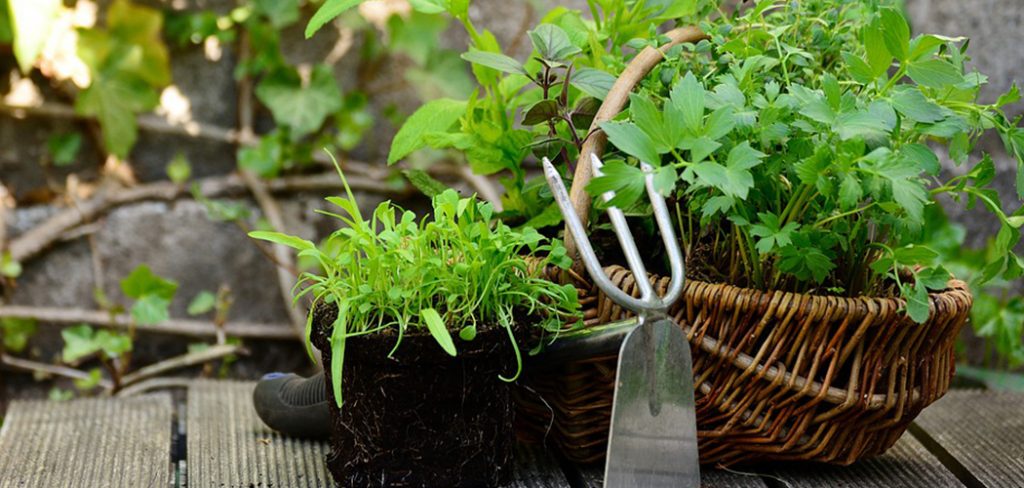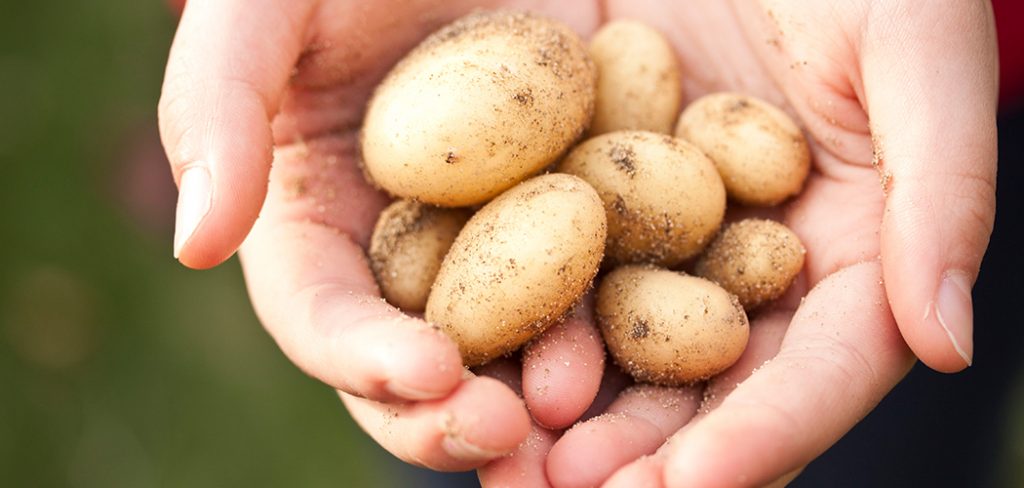Some things in life burn us out. Maybe too much sun at the beach, that sweet but too hot coffee, or even you trying to cook something fried and putting the fingers where you should not put them. The discomfort you may feel at that time would make your body react instantly. Sometimes, plants can do that to you, in very nasty ways. Blisters, rashes, or just simply red or swollen skin are many of the consequences of touching those plants that burn skin.
Let’s find out some of those plants that, because they want to avoid being eaten by some herbivorous animals, have these defense mechanisms that also can produce some harm in humans as well. Try to avoid them at any cost, because the things that may do to you can even extend past the skin. Be careful!
Is the hogweed that dangerous?
Some plants that burn skin that does not look that dangerous. You just look for those white flowers and you may be convinced to even touch it. But that would be the most regrettable decision of your life. You may be wondering: Is the hogweed that dangerous? Oh boy! What are you even thinking?
The giant hogweed can’t just burn your skin when the leaves and sap are touched. We are talking about some of the nastiest burn marks that can produce blisters that are so sensitive to light. And we are not even talking about how bad the pain would be because of them.
They are considered poisonous plants for a reason. Contact with the eyes can render you blind, which is scary enough to not even get close to these plants.
They are related or at least very similar to the water hemlocks, which are not just only poisonous but deadly. If that is not reason enough to avoid them at any cost, think about how commonly people confuse it with carrot plants. Even with those white flowers!
Is the Gympie poisonous?
Now, following something as painful as the hogweed, let’s talk about something Australian because it is not surprising to see a very bad plant that burns skin being originated from the country of our friends down under.
Is the Gympie poisonous? Well, you may have heard that everything from Australia is trying to kill you. And in this case, it may be true. These rather innocent-looking plants would not just burn your skin when touched, you would feel like being sting by many things. Some people say that you may even feel being crushed by a hydraulic press or hit by lightning. Yikes!
The main reason for this feeling is their stinging hairs in every single part of the plant. These hairs can deliver a neurotoxin that would go for the nerve tissue and destroy it. That is the main reason why people that study the trees and bushes from this family of plants go well-armed and prepared for manipulating it, and in case of the reaction.
Funnily enough, the fruits these plants produce can be eaten, after you remove all those stinging and painful hairs. There are some truly brave animals like some species of tiny, kangaroo-looking creatures that do not matter about the dangers and just eat the fruit and the leaves directly from the plant. This is again scary but not surprising when it comes to Australia.
Can the poison ivy burn skin?
And finally, while talking about plants that burn skin, we can’t forget about the poison ivy. So, can the poison ivy burn skin? The answer is a resounding yes, but it has more to it.
The rash you would feel after contacting the poison ivy is caused by a liquid called urushiol. Some describe it as an oily resin and it is the main component for the Japanese lacquer, the one responsible for the Japanese lacquerware.
This resin however can do more than just nice crafts in the oriental culture. When it comes to the leaves and other parts of poison ivy, you could have an almost immediate allergic reaction. This could cause redness, swelling, itching, and the appearance of some blisters.
It is especially dangerous when the area poison ivies are is burning, and you inhale those gases. Some sources recommend when that happens, and you have some breathing difficulties, you should go straight to the emergency area.
Some people are more sensitive than others when they came into contact with poison ivy. For some, they would not have any issue with the substance the plant emits. For others, however, it could send them into an anaphylactic shock, which is pretty bad.
Another thing to consider is that, when you touch the plant, you may be carrying the oily liquid in your hands. Also, you may be touching other areas of your body and the space around you. That is why is so important to wash your hands and take special care when removing your clothes after a day walking outdoors in forested areas or those with a lot of vegetation.
Conclusion
When it comes to plants that burn your skin, you should know that most of them are venomous. However, they would not show any indication that they are that dangerous. So, researching is always the best way to avoid having a really bad time when going to a trek or spending any time around lots of vegetation.
Plants like the described above can give you some of the worst nightmares when it comes to pain, and they could also threaten your life if you are not been treated promptly and properly.
Also, make sure to have some kind of protective clothing when you go to do those activities. That, or make use of some lotions that may mitigate the allergic reaction in case of contact.
And if you see the allergic reaction happening, go straight to your doctor to receive some appropriate medication and treatment for the plant venom you may be experiencing. Dermatologists are the ones better prepared to deal with these situations.

